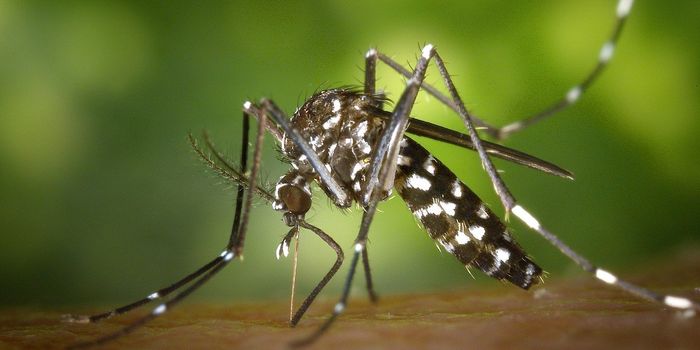Poachers Hijack Animal Tracking Devices Normally Used for Conservation
Among the many tools that experts are using to keep track of animals that are protected by conservation laws are GPS tracking devices. These allow experts to keep tabs on animals’ movement patterns and even find them in real time if need be.
Of course, it would seem that like many things in the tech world, these GPS tracking devices are easily hijacked for the use of evil.
Image Credit: William C. Campbell/U.S. Fish and Wildlife Service
Published in the journal Conservation Biology, it’s discussed how these electronic tagging and tracking devices emit wireless signals that can be intercepted by anyone walking around with similar wireless equipment.
Poachers who then have a desire to illegally hunt and kill these animals need only tap into the frequency being used by these devices and they can find their prize. Even if they aren’t able to hack into the data stream directly, it’s still possible to use wireless signal scanning devices to see if they’re getting closer or further away from any wireless signal-emitting devices.
"Failure to adopt more proactive thinking about the unintended consequences of electronic tagging could lead to malicious exploitation and disturbance of the very organisms researchers hope to understand and conserve," the authors write.
Also adding fuel to the fire is how many animal tracking initiatives are publicly-funded and how the public has easier access to tracking equipment now more than ever. The public argues that the data should therefore be made available to everyone, for example, for the sake of allowing photographers to get a closer look at rare and beautiful creatures. Obviously, experts are fighting back at these claims for the sake of animal conservation.
The problem here is an advancement in technology that was originally designed to help experts monitor and protect certain creatures is being used in exactly the opposite way by third-parties who aren’t supposed to have access to the information in the first place.
While poachers are certainly at the top of the list of people who we don’t want tampering with the creatures, even everyday tourists who don’t intend to harm the creatures can impose difficulties with their survival by scaring them away from their usual living quarters and forcing them into regions they’re unfamiliar with.
Some regions around the world have gone as far as banning VHF radio receiver equipment in areas where protected animals are known to reside, but these kinds of regulations aren’t world-wide, which means animals around the globe with tracking devices attached to them are still wide-open to this dilemma.
It would seem that while technology can be used for good, it can also be used for evil, and this is just one of those latter cases.
Source: Naked Security









